In the world of culinary arts, certain types of eggs stand out for their exceptional quality and high price. These luxurious delicacies are cherished by chefs and food enthusiasts alike. Let’s explore the most expensive eggs, which are known for their unique flavors and origins.
Almas Caviar
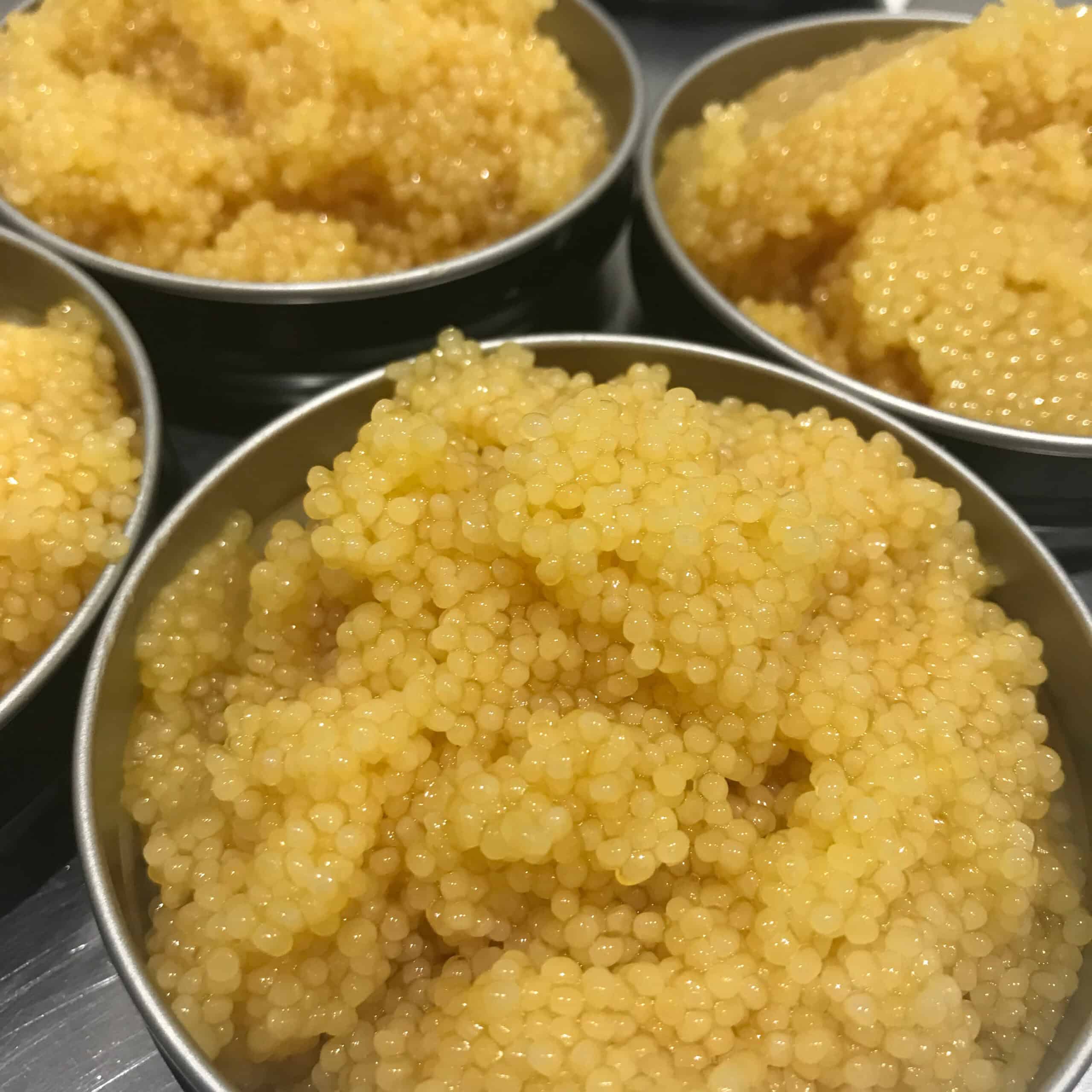
Almas caviar comes from the rare albino sturgeon found in the Caspian Sea. Its delicate flavor and smooth texture make it the pinnacle of luxury. The eggs are golden in color, adding to their exclusive appeal. This caviar can fetch prices upwards of $25,000 per kilogram. The scarcity of albino sturgeon and the long maturation period contribute to its high value. It is often sold in 24-karat gold tins, highlighting its prestige.
Beluga Caviar
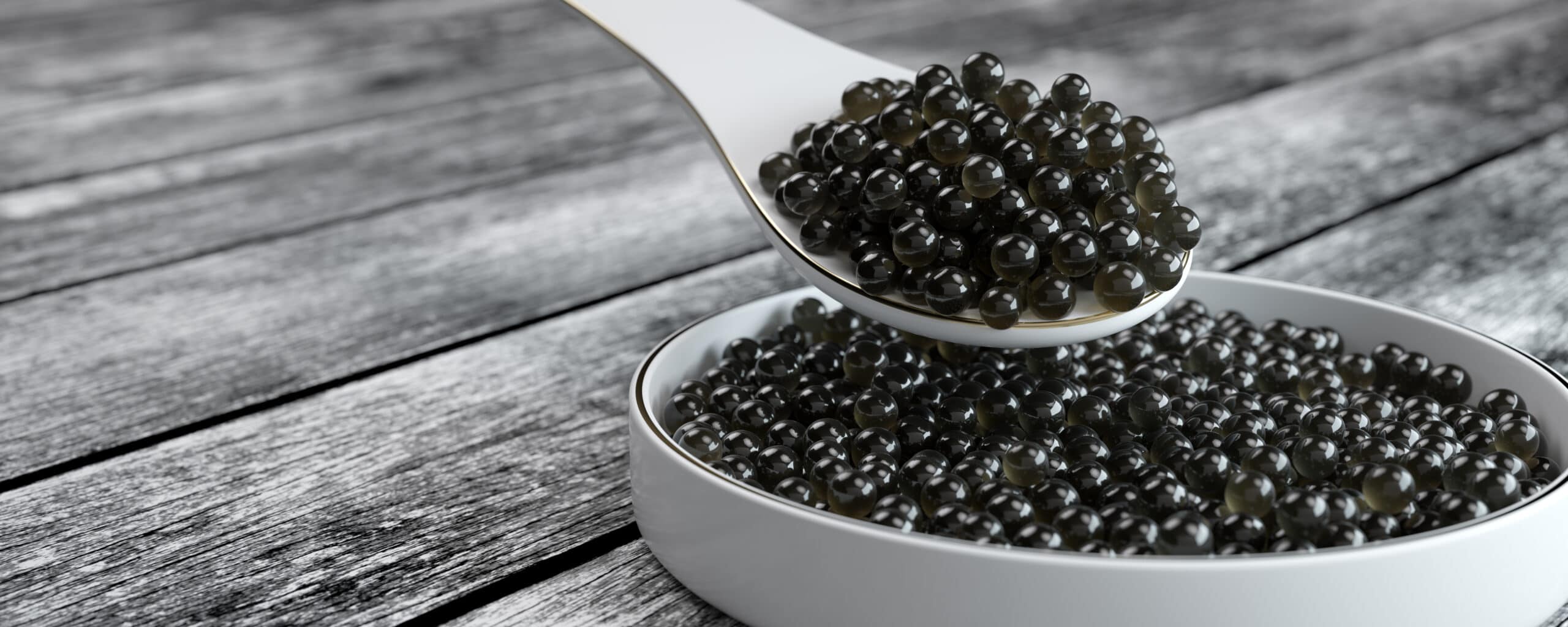
Beluga caviar is harvested from the Beluga sturgeon in the Caspian Sea. Known for its large, soft eggs, it has a rich, buttery flavor that is unmatched. The eggs range from pale silver to black. Prices for Beluga caviar can reach $10,000 per kilogram. The sturgeon takes up to 20 years to mature, making the caviar rare and highly sought after. Its smooth taste and large eggs make it a favorite among connoisseurs.
Osetra Caviar

Osetra caviar comes from the Osetra sturgeon, which is also native to the Caspian Sea. It has a nutty flavor and a firm texture, with eggs varying from golden to dark brown. This variety is known for its unique taste and quality. Osetra caviar prices range from $5,000 to $8,000 per kilogram. The sturgeon’s medium-sized eggs and distinctive taste make it a luxurious choice. It is often preferred for its rich flavor and versatility in gourmet dishes.
Sevruga Caviar

Sevruga caviar is obtained from the Sevruga sturgeon, one of the smaller sturgeon species. It is prized for its intense flavor and smaller, firmer eggs. The eggs are usually a dark gray color. Sevruga caviar is valued at around $4,000 to $7,000 per kilogram. The shorter maturation period of the Sevruga sturgeon makes this caviar slightly more accessible but still highly prized. Its robust flavor is a highlight in many culinary creations.
Kaluga Caviar
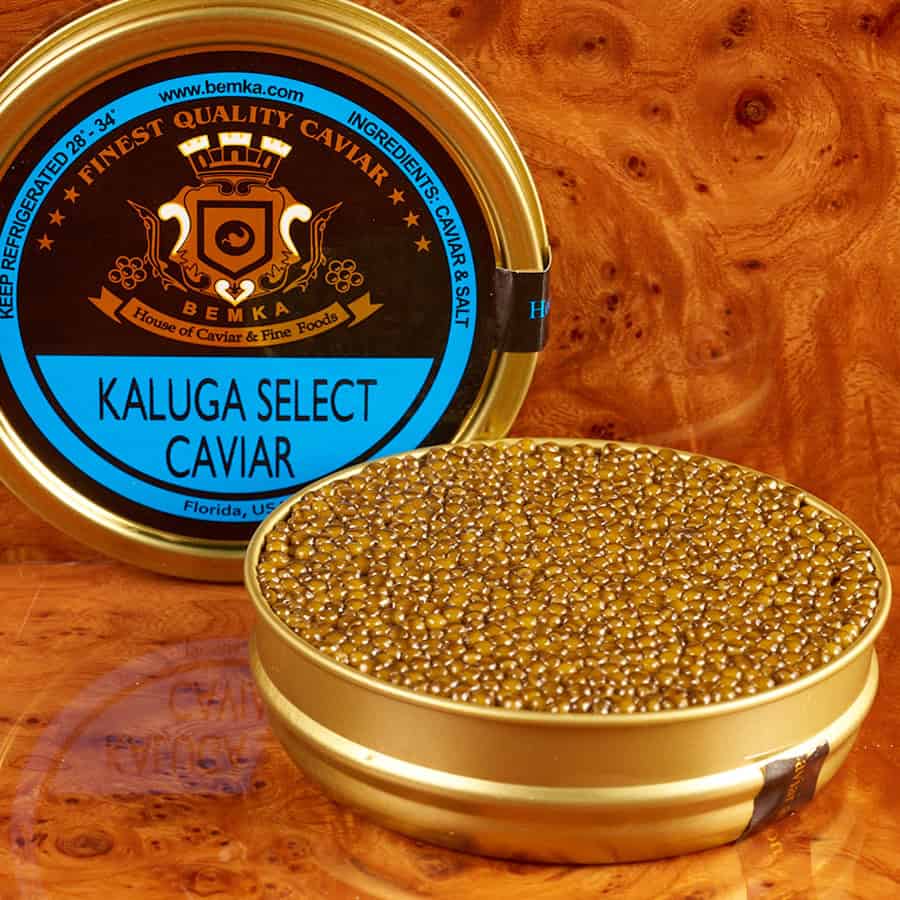
Kaluga caviar, often referred to as river Beluga caviar, is sourced from the Kaluga sturgeon in the Amur River. It has large, golden eggs and a rich, buttery taste similar to Beluga caviar. Kaluga caviar can cost between $5,000 and $7,000 per kilogram. The sustainable farming practices and the sturgeon’s long reproductive cycle add to its exclusivity. This caviar is celebrated for its luxurious flavor and texture.
White Sturgeon Caviar
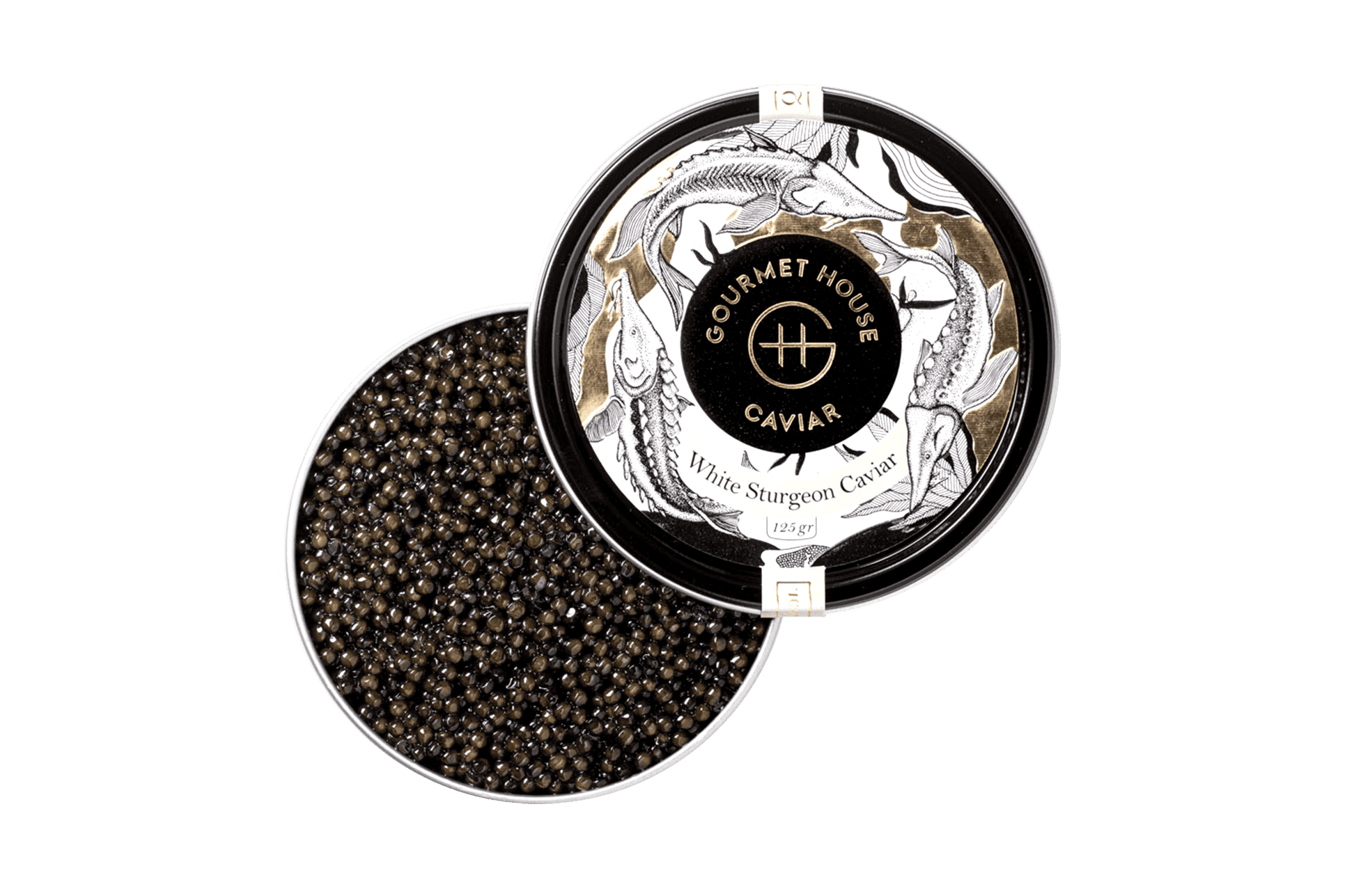
White sturgeon caviar is produced from the North American white sturgeon. It is known for its mild, creamy flavor and medium-sized eggs. The eggs are typically a light gray to black color. White sturgeon caviar ranges from $3,000 to $5,000 per kilogram. The sturgeon’s sustainable farming methods and the high quality of the eggs contribute to its premium price. It is a popular choice for its smooth taste and sustainable production.
Royal Belgian Caviar
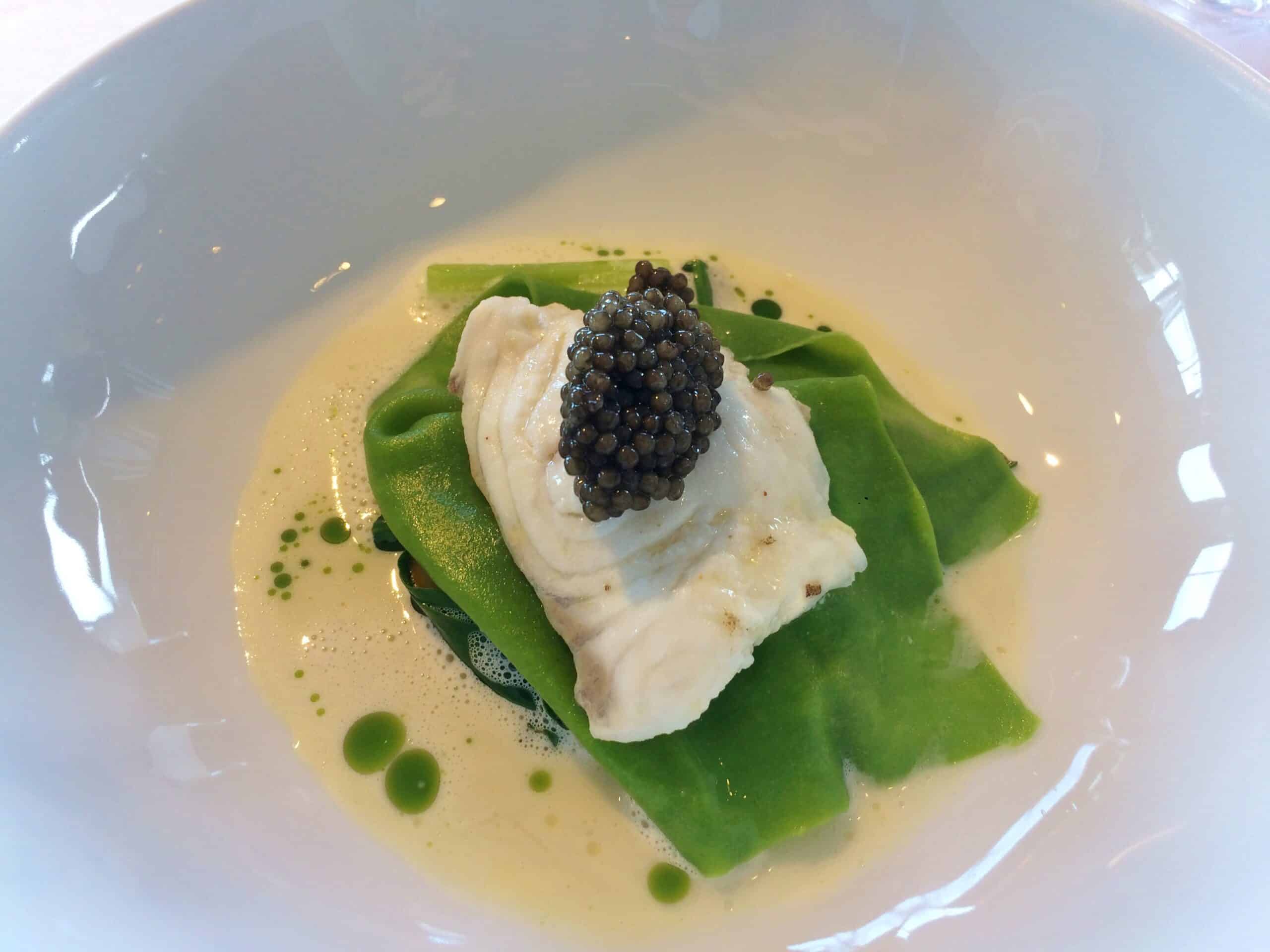
Royal Belgian Caviar is produced in Belgium. The sturgeons are farmed using a combination of traditional and modern techniques. This caviar has a smooth texture and delicate flavor, making it a favorite among chefs. Its production involves strict quality controls. Prices typically range from $3,000 to $4,000 per kilogram. This caviar represents a blend of innovation and heritage. Its high standards are reflected in its cost.
American Paddlefish Caviar
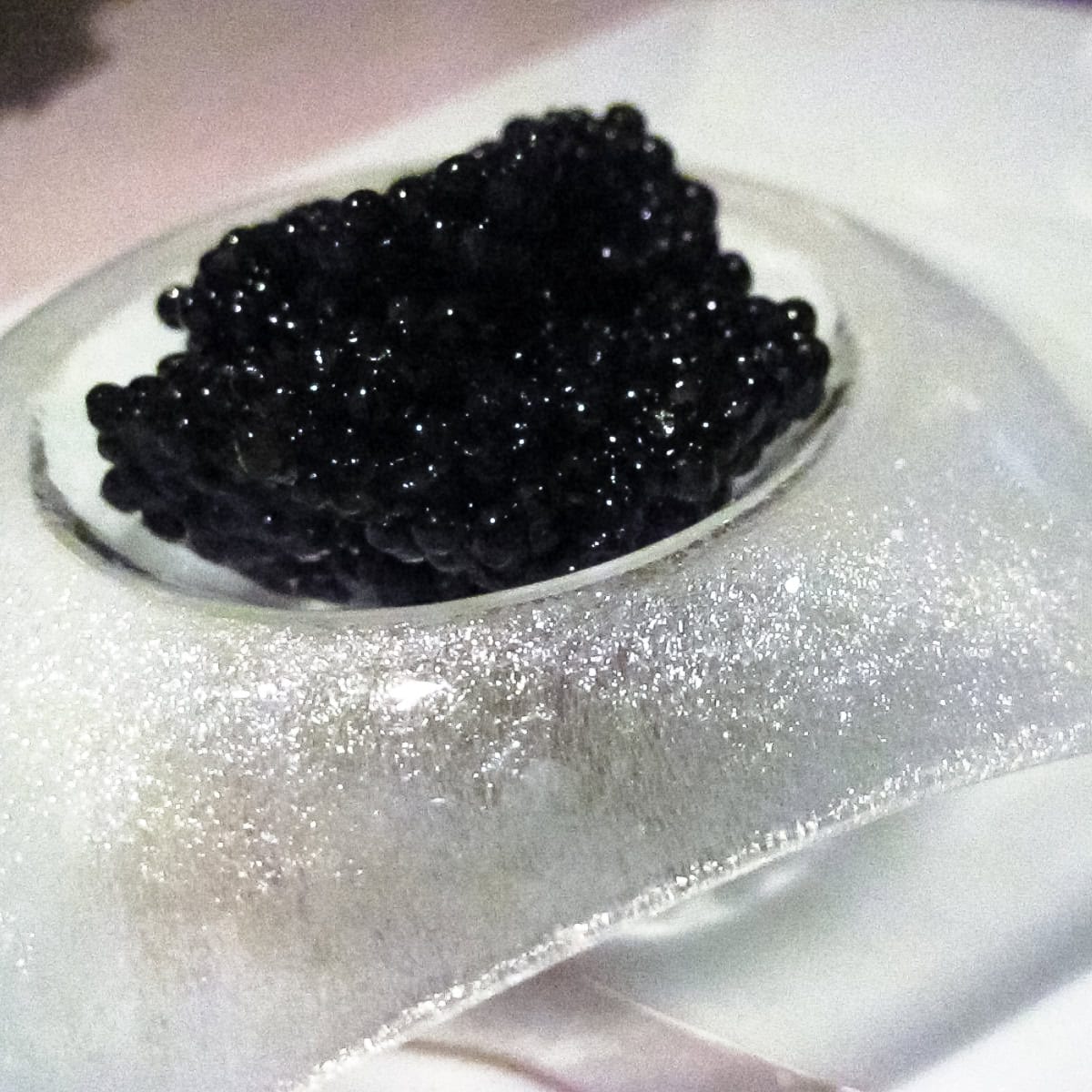
American Paddlefish Caviar is sourced from the American paddlefish. It offers a more affordable option compared to sturgeon caviar. The small, dark eggs have an earthy flavor, popular in the culinary world. This caviar is sustainably farmed. Prices generally range from $500 to $800 per kilogram. It appeals to those seeking quality without the high cost of sturgeon caviar. Its growing demand highlights its value.
Salmon Roe (Ikura)
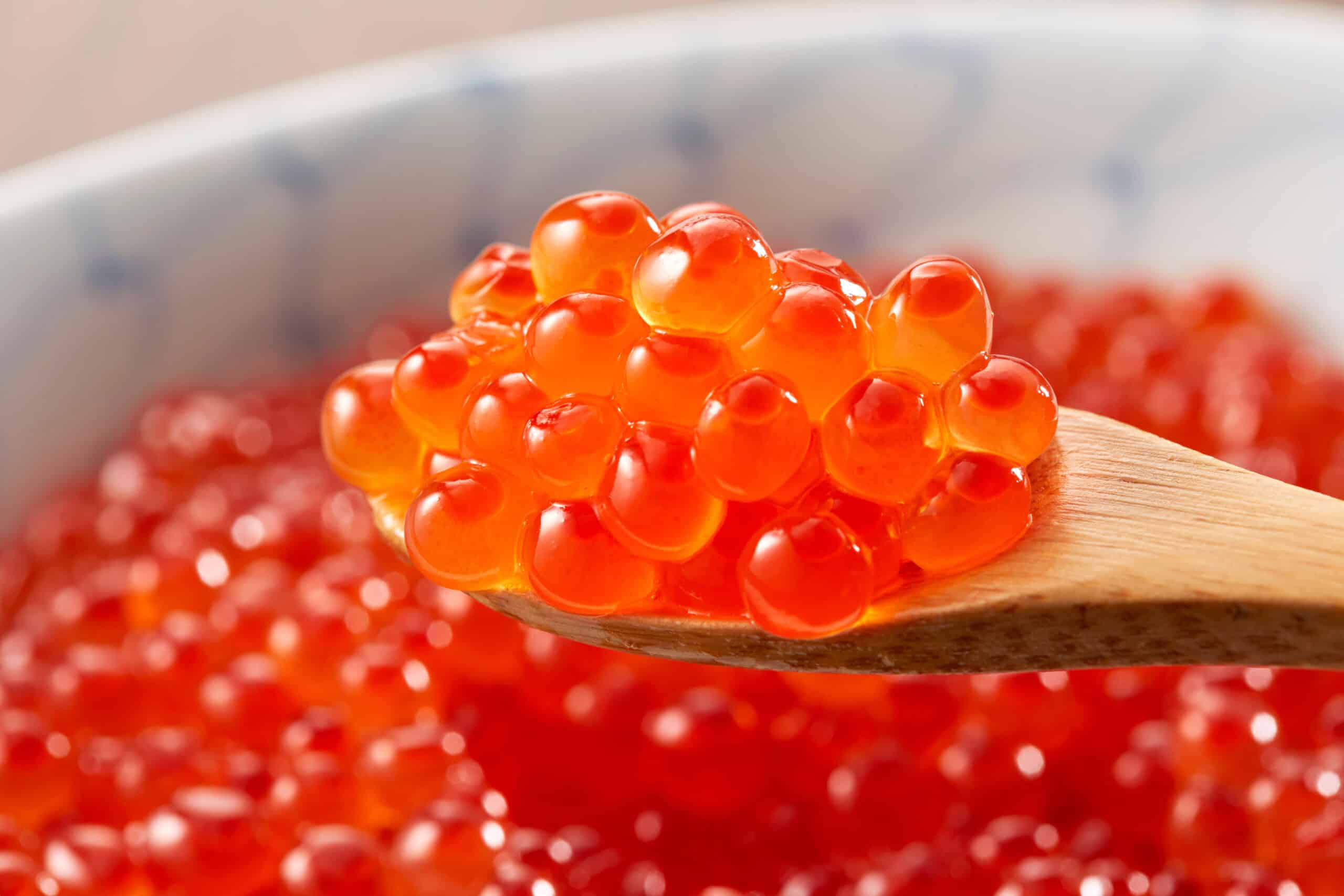
Salmon Roe, or Ikura, is a staple in Japanese cuisine. These large, vibrant orange eggs burst with briny flavor. They are commonly used in sushi dishes. Ikura is harvested from various salmon species. It is valued for its high omega-3 content. Prices typically range from $50 to $100 per kilogram. It remains a beloved ingredient for its taste and nutritional benefits.
Flying Fish Roe (Tobiko)
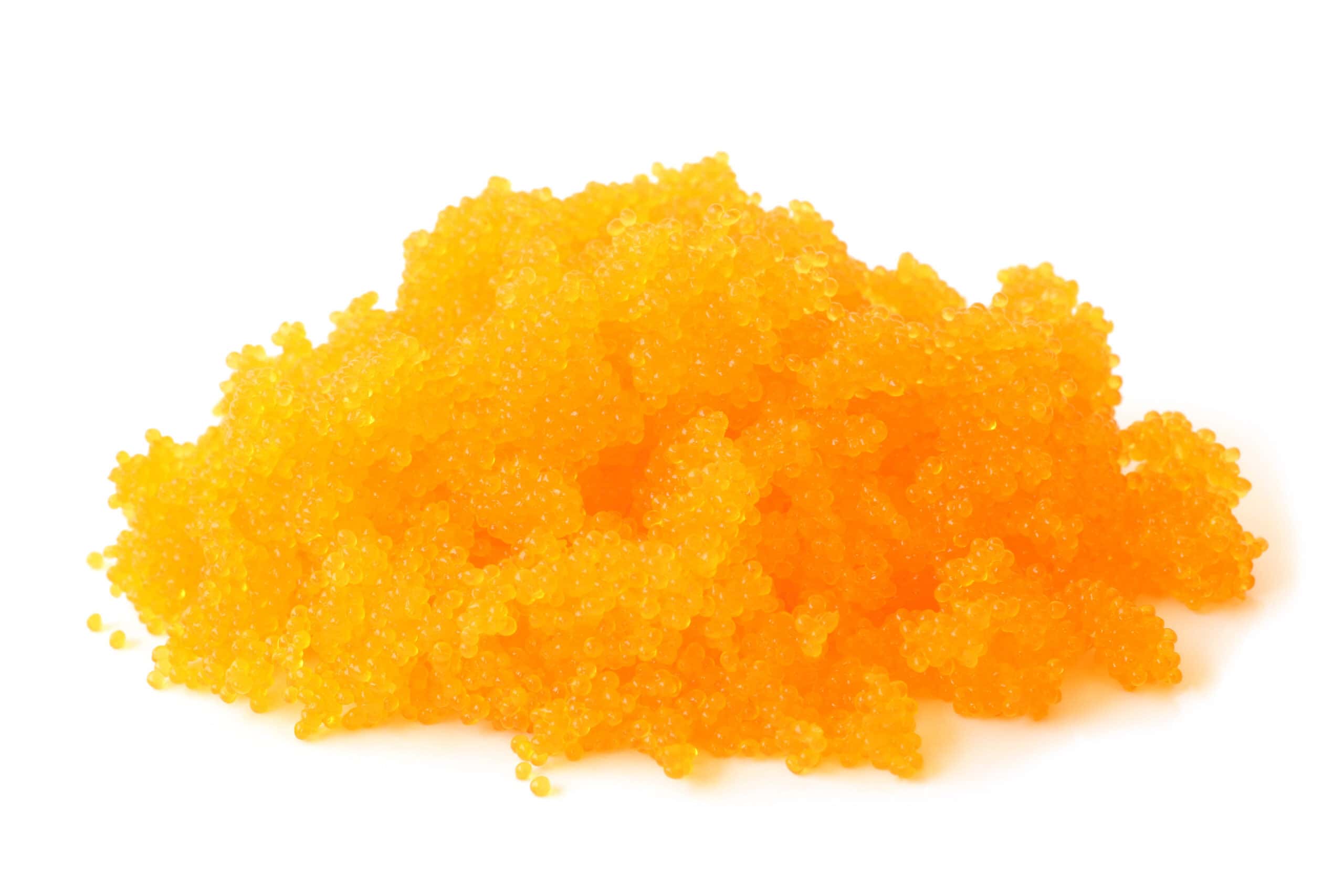
Tobiko, the roe of flying fish, is renowned for its small, crunchy eggs. It is a popular sushi topping, known for its slightly sweet flavor. Tobiko comes in various vibrant colors, adding visual appeal to dishes. Harvested globally, it undergoes careful preparation. Prices generally range from $5 to $10 per ounce. Although less expensive than sturgeon caviar, it is still considered a luxury ingredient. Tobiko enhances both the taste and presentation of sushi.
Trout Roe
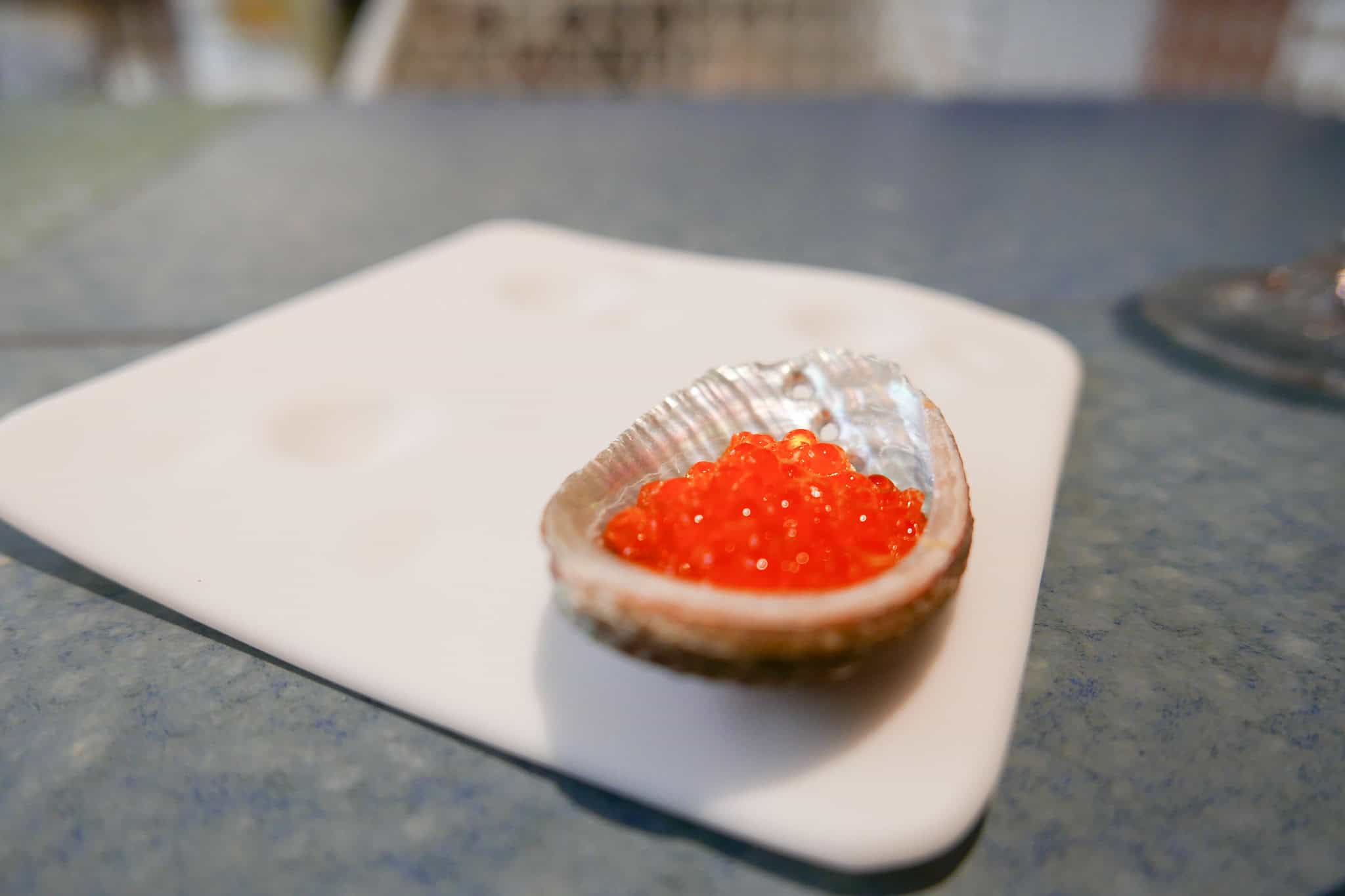
Trout Roe is a gourmet delicacy with a bright orange hue. The delicate flavor and texture make it a favorite among chefs. It is often used to garnish dishes, adding a burst of color and taste. Sourced from freshwater trout, it is prized for its quality. Prices are high, ranging from $1,500 to $2,500 per kilogram. Its careful harvesting process ensures its premium status. Trout roe is a sought-after ingredient in fine dining.
Lumpfish Roe
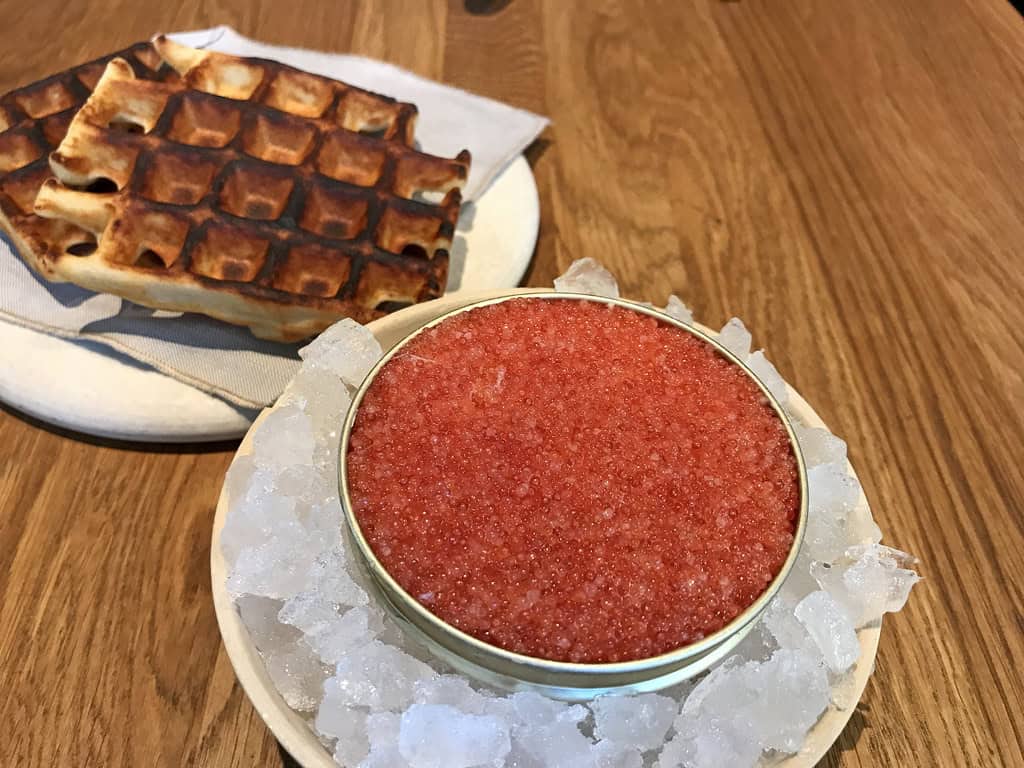
Lumpfish Roe is often used as a caviar substitute. Its small, crunchy eggs come in bright red or black. The flavor is mild, making it a versatile ingredient. Harvested from the North Atlantic, it is widely available. Prices are lower than sturgeon caviar, generally ranging from $30 to $50 per kilogram. Its popularity stems from its affordability and culinary uses. Lumpfish roe is a common feature in gourmet dishes.
Herring Roe (Kazunoko)
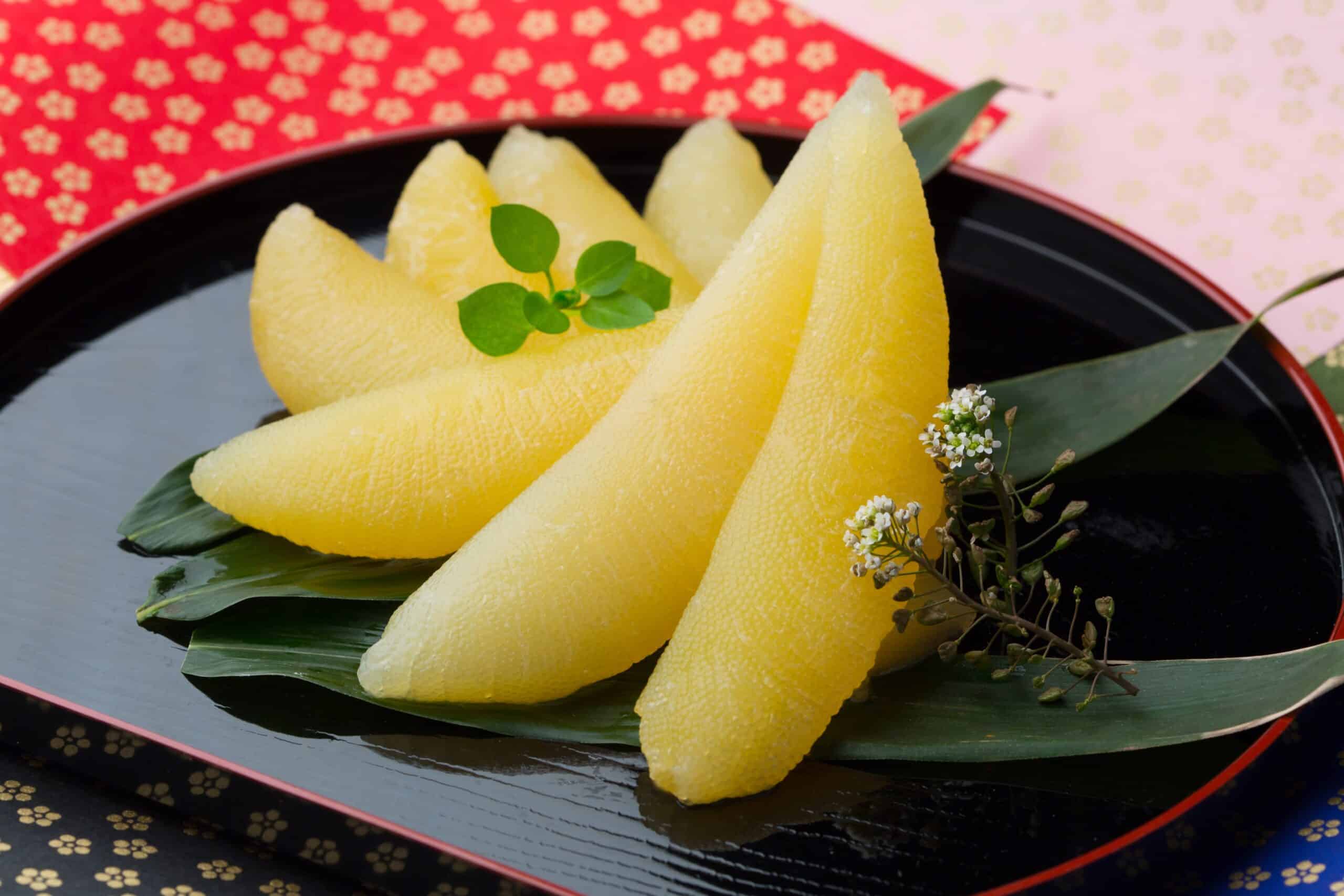
Kazunoko is a traditional Japanese delicacy. The firm texture and slightly sweet flavor make it unique. It is commonly enjoyed during New Year’s celebrations. Harvested from herring, it is labor-intensive to prepare. Prices typically range from $100 to $200 per kilogram. Its limited availability during specific seasons adds to its value. Kazunoko remains a cherished part of Japanese cuisine.
This article originally appeared on Rarest.org.
More from Rarest.org
1959 Lincoln Penny Value Guide

The 1959 Lincoln penny is made of 95% copper and 5% tin and zinc. It has a plain edge, a weight of 3.11 grams, and a diameter of 19 millimeters. Read More.
15 Rarest Rabbit Breeds and Their Distinct Traits

Rabbits come in a variety of breeds, each with its unique traits and characteristics. Some rabbit breeds are rare and possess distinct features that make them stand out. Read More.
The 19 Most Iconic Bass Guitars in Rock History
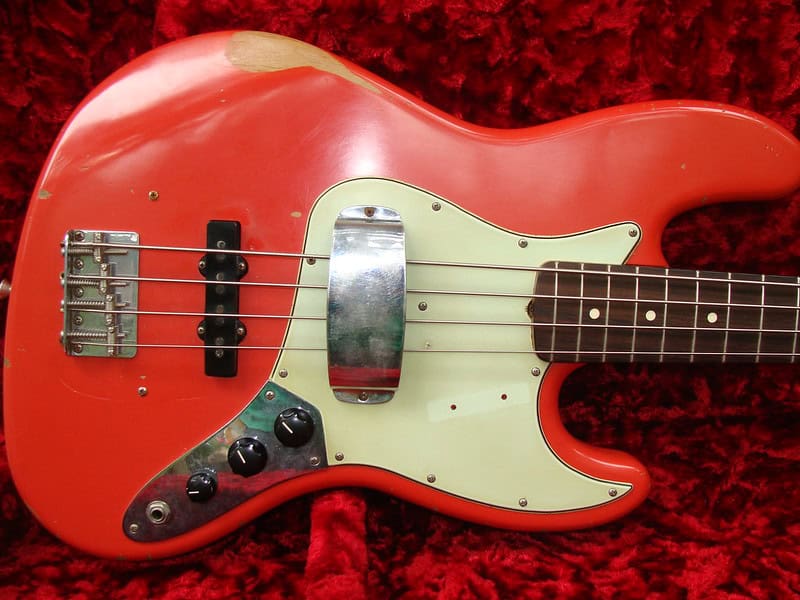
Bass guitars have played a crucial role in shaping the sound of rock music, providing the rhythmic foundation and driving energy that define the genre. Read More.
